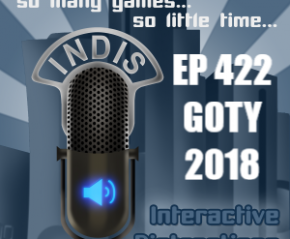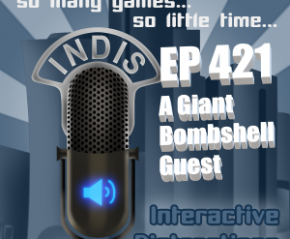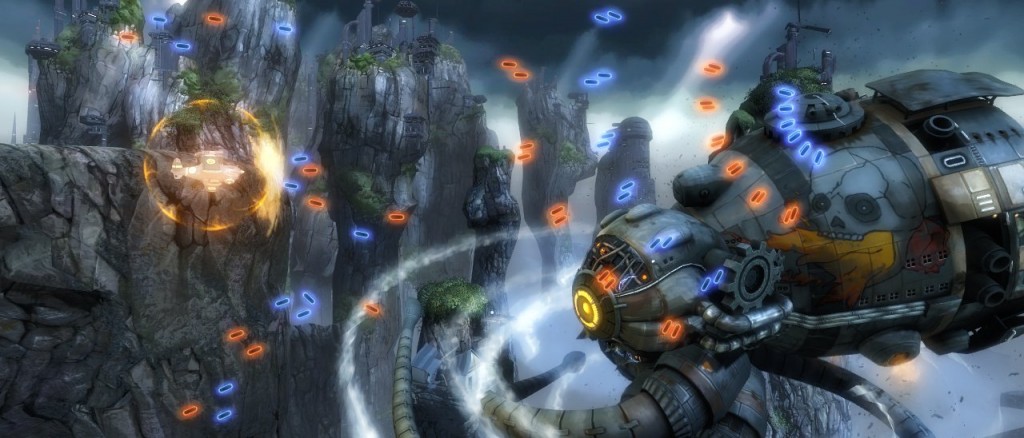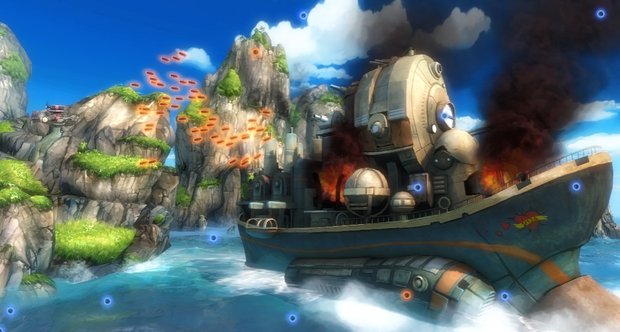Sine Mora Review
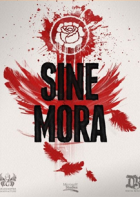

| Game Name: | Sine Mora |
| Platforms: | XBLA |
| Publisher(s): | Microsoft Studios |
| Developer(s): | Digital Reality / Grasshopper Manufacture |
| Genre(s): | Shoot-'em-up |
| Release Date: | March 21st, 2012 |
| ESRB Rating: | Mature |
| Big Ups: | Solid Gameplay, Interesting Characters, Good Challenge |
| Big Downs: | Music by Akira-san underwhelming, Story is a bit convoluted. |
I’ll be honest with you: I have never been a massive fan of the shoot-’em-up genre. I played “Ikaruga” for 5 minutes until I realized that the attempt was essentially futile, so I put my controller down, pushed it aside, and started another random, more accessible game. Why in the world would I raise my hand when we are told we have a review copy of “Sine Mora”, a shmup created by Grasshopper Manufacture, the minds behind Suda51’s “Shadows of the Damned?” I don’t have an answer for that, but I am damn sure happy I did.
Even though “Sine Mora”, feels like a love letter to the classic genre, the main conventions of the everyday shmup remain intact, although there are some interesting choices made that fundamentally separate this game from its predecessors. I’m referring mainly to the time mechanics, reminiscent of arcade classics like “Time Crisis”.
Time not only is a large element in the game’s narrative, which is peppered with anti-imperialist ideology and time travel, but also the driving force behind the gameplay. It does this by replacing the tried and true system of lives and extends ever so many points in favor of a timer that goes down when you are hit and goes up as you destroy your assailants. It is a bold move to mess with any mechanic that has worked since “Pac-Man”. That alone makes me tip my hat to “Sine Mora” for trying to think outside the box. When the timer is implemented at the higher difficulties, the game can become unnecessarily frustrating as you keep dying only due to time running out, not actually being shot. That being said, the game adds a time capsule mechanic in which your plane can do a feat of time manipulation such as rolling back time, slowing it down or reflecting bullets, which is cool even though they kind of stepped away from the whole theme.
The first thing that struck me about this game was how visually perfect the design and artwork is in the game. The colors are as gritty as they are vibrant, and they are more impressive as the game progresses through different environments.
The craftsmanship behind the art is what shines in this game. Mahiro Maeda lent his talents to the team for the game’s boss design. Maeda is a prominent figure in the anime industry with a track record of including “Neon Genesis Evangelion” and the animation sequences in “Kill Bill: Vol. 1”.
Akira Yamaoka, the composer of the “Silent Hill” soundtrack, lent his name to the music for this game. I was really excited about this because the Silent Hill theme song haunts me to this day, but the reality, though, was a mixed bag. There are some nice, electronica tracks that fit the high-tech, diesel-punk setting, but most of it is really just high ambient swells of synthesizers and bass. Because the soundtrack has an ambient feel, developers mixed the music in too low and didn’t allow for the soundtrack to shine.
Beyond the unique time mechanics and pretty moving pictures, there is a pretty solid shooter. The game features a story mode with two difficulties, where you can unlock planes and pilots for your mixing-and-matching pleasure in arcade mode. Arcade mode is stripped of its narrative, and the difficulty is ramped up to either hard or insane at the player’s discretion. As for how difficult those modes are, they are among the controller-throwing levels of difficulty that merit words like “unfair,” “dastardly” and even “AGGGHHHH!” They are not for the faint of heart.
One cool thing about the mixing and matching of pilots is that the game gives you a nice chart that tells you which combinations you have and have not tried; these extras really draw in people who have to complete everything.
They’re also two other modes to give some more bite-size fun morsels. Score Attack lets you pick any stage from the game and try to beat your best score on it, which really is great for score addicts but doesn’t really add anything more than a more difficult stage select.
The other mode is Boss Training, where — once you have taken on any of the game’s numerous bosses in story mode — you can choose to play just that battle alone, but you are given the ability to set many different variables to your preference, such as amount of bombs, difficulty, weapon power and how much time ability you have going into the fight, which is very cool.
Overall, “Sine Mora” is a lot of fun, but it’s not for everyone. If you are a fan of the shooting genre, this clearly is right up your alley. If you are more casual with your choices, this may be a pretty frustrating choice, and the lack of a multiplayer mode doesn’t do anything besides add to this anguish.What the game does, it does very well, but it still is quite difficult, which could turn many people away from it.
